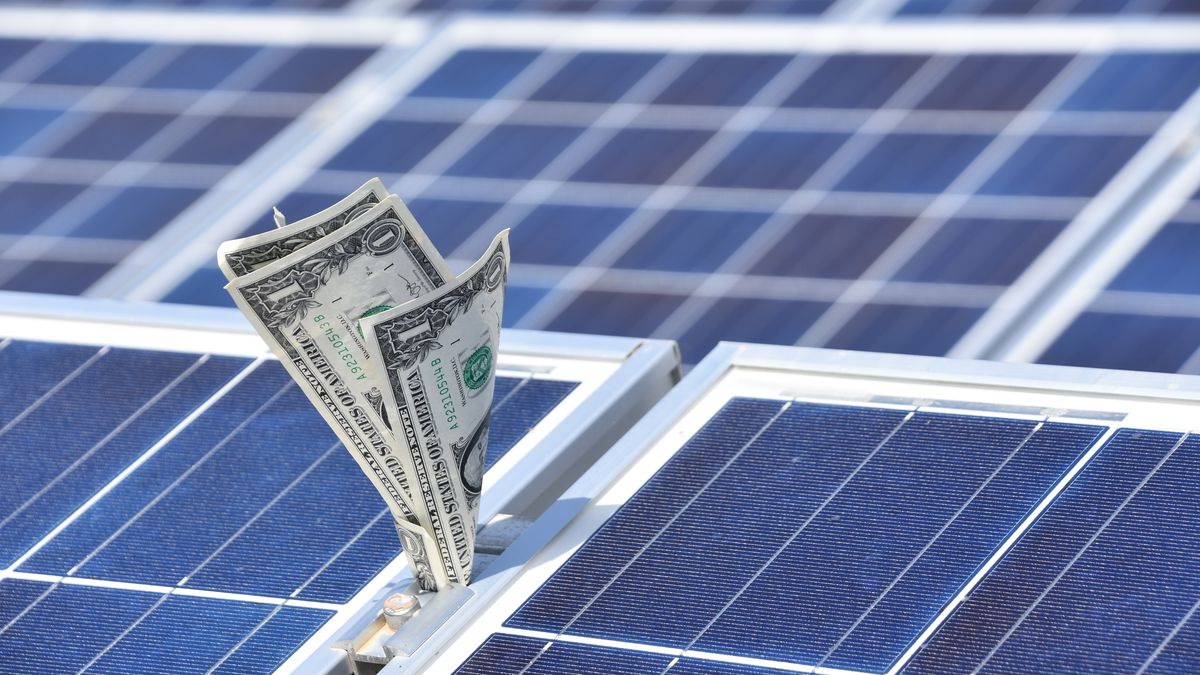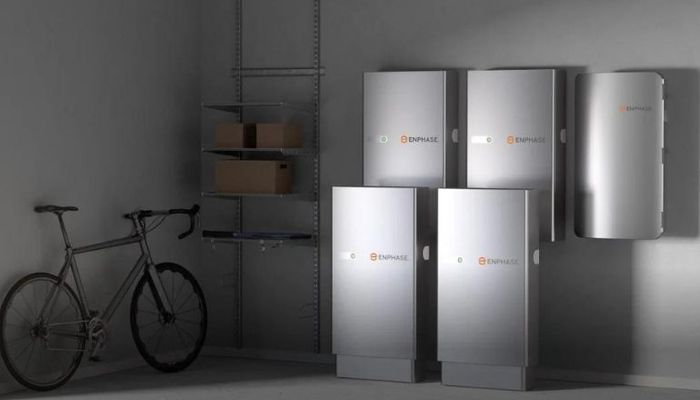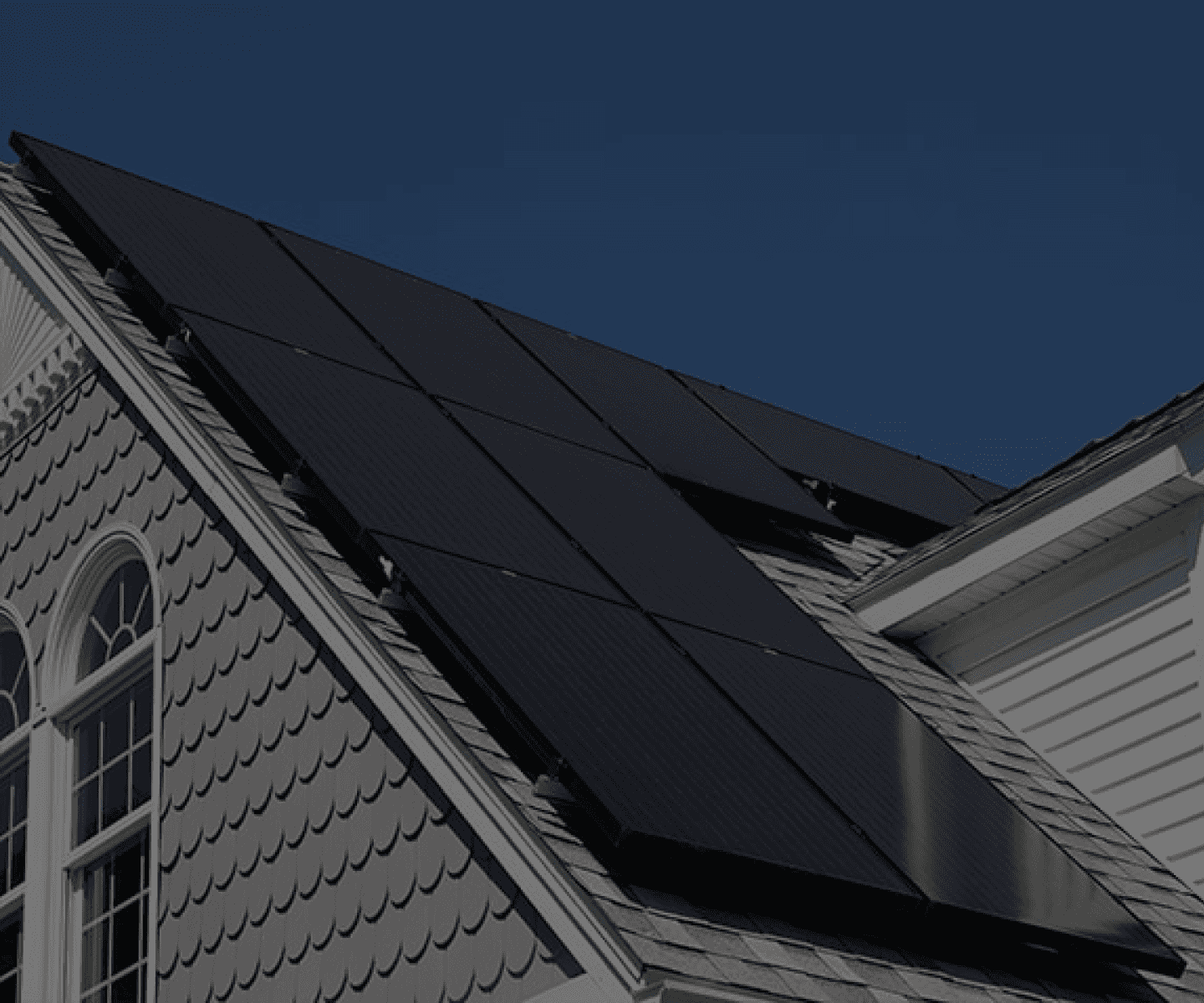Everything You Need To Know About SREC

Are you eager to add solar power to your home and discover how it can financially benefit you? Understanding SREC (Solar Renewable Energy Credits) can help you make the best solar power decisions for your home and budget. Offering financial benefits to those in eligible areas, SRECs can greatly incentivize you to go solar.
What Is an SREC?
SRECs, available in certain U.S. states, are an income incentive for homeowners with a solar panel system. SRECs allow the homeowner to earn additional income generated from their solar electricity, proving that the solar panels are a renewable energy source.
Homeowners can earn one SREC or “credit” for every 1,000 kWh (or 1 MWh) of electricity generated from their solar energy system. So, for example, if your solar panel system generates 12,000 KWh (or 12 MWh) in one year, you earn 12 SRECs.
The SRECs hold value because of state regulations known as Renewable Portfolio Standards (RPS). RPS requires utilities to purchase a minimum percentage of electricity from renewable solar sources, referred to as “solar carve-out”. SRECs demonstrate that utility providers comply with state regulations in upholding their obligation to purchase renewable energy.
At this time, SRECs are available in only a handful of states:
- Pennsylvania
- Maryland
- Washington D.C.
- Delaware
- Ohio
- Illinois
- Massachusetts (no longer accepting new applications)
- New Jersey (no longer accepting new applications)
Get started: Solar Panel & System Cost Calculator
How Do I Know If I Qualify For SREC?
As mentioned above, SRECs are only available in certain states. To see whether you qualify for specific incentives in your state, check out the EPA's Database of State SREC Programs, which you can find here.
How Is SREC Different From REC?
RECs (renewable energy certificates or credits) are earned when renewable energy sources generate one megawatt-hour (MWh) of electricity delivered to the grid.
Because electricity enters the grid from multiple renewable sources such as wind, solar, natural gas or nuclear power, you can purchase RECs from your utility company without installing your own solar panel system.
The value of an SREC and REC are the same, with one megawatt-hour equivalent to one SREC or REC. However, one key difference between SREC and REC is the market for these credits. SRECs only exist in a few states with a solar carve-out policy. If your state does not offer SRECs, see if your utility provider offers RECs. It’s still a great way to invest in renewable energy while minimizing your carbon footprint.
How Much Are SRECs Worth?
Now that you know what an SREC is, let’s talk about how it translates into savings for you.
SRECs are a tradable commodity as a benefit of owning a solar panel system. Buying and selling SRECs is similar to the stock market; as with all commodities, supply and demand will affect the value. For example, varying states may experience an oversupply of SRECs, which drives the price down, while an under-supply of SRECs drives the price up.
SRECs are a great investment for homeowners. The National Renewable Energy Laboratory (NREL) found that for every dollar saved from using a solar panel system, the home’s value increases by $20. That’s a return on investment (ROI) of 20 to 1!
Learn more: Do Homes With Solar Panels Sell Faster?
To give you an idea of the financial return you can expect from SRECs, let’s dive into an example with a 10 kWh solar panel system.
A typical 10 KWh solar panel system will produce between 10 to 13 MWh of electricity per year. This translates to 10 to 13 SRECs annually. Depending on what state you’re in, you’ll earn a different amount per SREC.
Here are just a few examples of current varying SREC prices by state (as of January 2022):
- Pennsylvania: $38
- Maryland: $78.50
- Washington D.C.: $395
- Delaware: $30.24
- Ohio: $12
Why Do SREC Prices Vary So Much? And Why Do They Change?
It’s important to understand how SREC prices are determined and what can cause them to change.
The alternative compliance payment (ACP) is a fine given to utilities that do not meet the state’s Renewable Portfolio Standard targets. Each state’s ACP (or SACP) impacts the price of SRECs. The SACP sets a price cap for SRECs, but they won’t pay more for them than the fine would cost. That’s why some of the best markets for SRECs have the highest ACPs and incentives.
Similar to other intangible commodities that are publicly traded, SRECs prices are bought and sold online using an intermediary, often referred to as SREC aggregators. It’s not uncommon for financing companies, solar installers and other organizations to purchase SRECs upfront to reduce your initial installation costs. The benefit of selling your SRECs through an installer or solar financing company is to minimize your risk in exchange for immediate returns.
Overall, there are many benefits to adding a solar panel system to your home. Significant costs savings and good ROI through SRECs are valuable perks.
If you’ve been curious about adding solar to your home, check out our solar panel calculator today to get started with your solar journey. Or, contact the solar experts at GoGreenSolar to learn more about whether solar is right for you.






